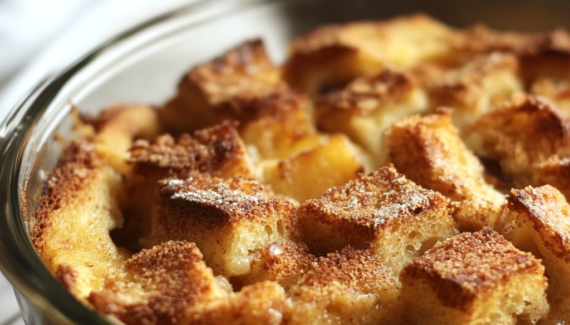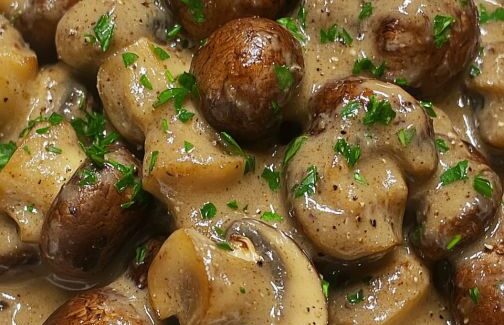
Step 3: Sauté the Aromatics
In the same pot, reduce the heat to medium. Add the chopped onions and cook until they are soft and translucent, about 5–7 minutes. Stir in the garlic and cook for an additional 1 minute. The aroma of sautéed onions and garlic forms the base of the goulash.
Step 4: Add Paprika and Spices
Remove the pot from the heat briefly to prevent burning the paprika. Stir in the sweet paprika and caraway seeds, coating the onions and garlic evenly. Return the pot to the heat and cook for about 30 seconds to release the paprika’s deep flavor.
Step 5: Combine Meat and Liquids
Return the browned beef to the pot. Add the diced tomatoes and pour in the beef broth. Stir everything together, making sure the meat is submerged. Add the bay leaf, salt, and black pepper. Bring the mixture to a gentle boil, then reduce the heat to low.
Step 6: Simmer Slowly
Cover the pot and let the goulash simmer gently for about 1.5–2 hours. Stir occasionally, ensuring the meat doesn’t stick to the bottom. Slow simmering allows the beef to become tender while the flavors meld beautifully.
Step 7: Add Vegetables
After the meat has softened, add the carrots, bell pepper, and potato (if using). Continue to simmer for another 30 minutes until the vegetables are tender. Taste and adjust seasoning if needed. For a slight tang, stir in a teaspoon of vinegar at the end.
Step 8: Serve and Garnish
Remove the bay leaf. Serve your old-fashioned goulash hot, garnished with freshly chopped parsley. It pairs perfectly with rustic bread, egg noodles, or mashed potatoes.
Tips for Perfect Goulash
- Use Hungarian paprika for authentic flavor—it’s sweeter and less pungent than regular paprika.
- Low and slow cooking is key to tender meat and a rich sauce.
- Don’t rush the vegetables; adding them too early can make them mushy.
- Optional extras: Some recipes include a splash of red wine or sour cream for added depth and creaminess.
Old-fashioned goulash is more than just a meal—it’s a warm embrace on a plate. With its rich aroma, tender beef, and hearty vegetables, it embodies the comfort and tradition of Central European cooking. Making it from scratch allows you to taste the difference of slow-simmered flavors that modern shortcuts often miss.
If you want, I can also create a printable Word document version of this recipe with a simulated example of the cooking process, ready to submit or use. Do you want me to do that?








No Responses Yet